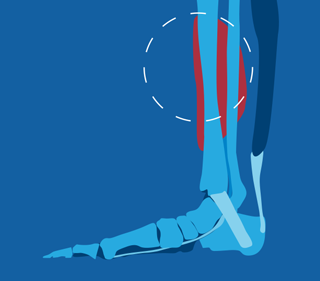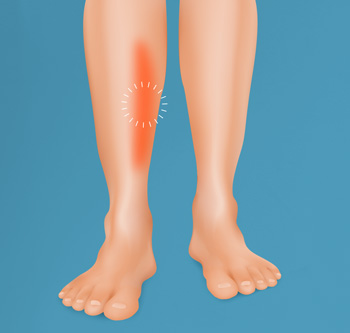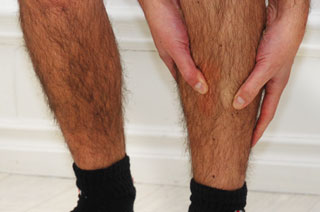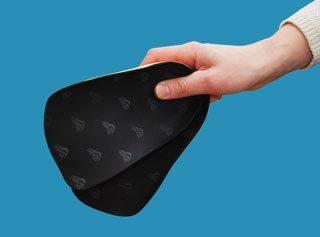 |
Quality without compromise
Best value in the UK
|
 |
Free consultations with no obligation Including gait analysis
|
 |
A reputation for excellence |
 |
30-day money back guarantee
Comfort guaranteed
|
Shin splints

Shin splints is a broad term that describes pain occurring on the front or on the inside part of the lower leg and is directly exercise-related. It is commonly associated with sports such as running, football, basketball and dancing. Initially, it manifests itself as a dull ache and your leg may be swollen and sensitive to touch. If left untreated, the pain becomes more intense and it may prevent you from training altogether.
What causes shin splints?

The most common factors that can trigger shin splints are:
- Sudden change in the training routine: increase in its duration or intensity, change of running surface (e.g. from soft surface to hard surface or hills)
- Wearing inappropriate or worn sports footwear that does not stabilise and cushion your feet well enough
- Overpronation – it occurs when feet roll to the inside excessively, exerting too much pressure on your feet
- Medial Tibial Stress Syndrome – an inflammation of the connective tissue around the shin bone
- Tight calf muscles or Achilles tendon
- Problems with foot and lower leg position, caused by, for example, flat feet or high, rigid foot arches
How are shin splints treated?

- Stopping the activity that triggered shin splints for at least two weeks is recommended. You can do low-impact activities, e.g. swimming or cycling, during the recovery period.
- Ice packs and painkillers will help reduce pain and inflammation in your shins.
- Physiotherapy effectively helps stretch and strengthen your leg muscles and it will mobilise the joints
- Training shoes and insoles may need to be adjusted to ensure the optimal support and correct foot position while exercising

How can orthotic insoles help with shin splints?
Shin splints are frequently a symptom of underlying biomechanical problems, caused by, for example, flat feet. When the biomechanical balance is affected, the body load is not distributed evenly when standing, walking or running. That causes misalignment and exerts unnecessary strain on your legs and feet. Overpronation is a particularly common cause of shin splints.
Dr Insole’s custom-made orthotic insoles can help if you suffer from shin splints because:
- They correct gait abnormalities, such as excessive pronation, which is a common cause of shin splints
- They help realign and stabilise your feet to restore the biomechanical balance and reduce abnormal strain and pressure that causes shin splints
- Dr Insole’s custom orthotics give your feet additional support and cushioning, and have excellent shock-absorbing qualities
As each pair of our insoles is made to measure, they are exceptionally effective at resolving the biomechanical issues that lead to shin splints. Comfortable and lightweight, Dr Insole’s custom orthotics protect your feet from injuries and pain, without adding any unnecessary bulk to your shoes.
To book a free consultation with one of our orthotic specialists and to find out more how our orthotics can help with your symptoms, please click here
